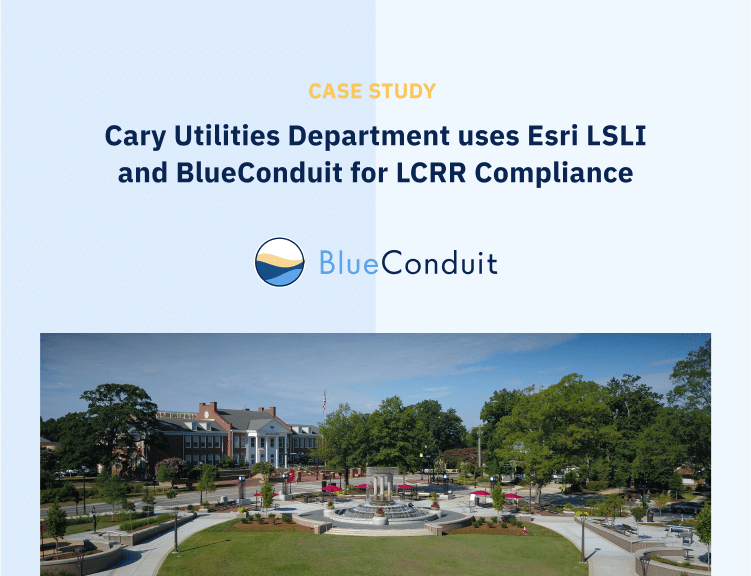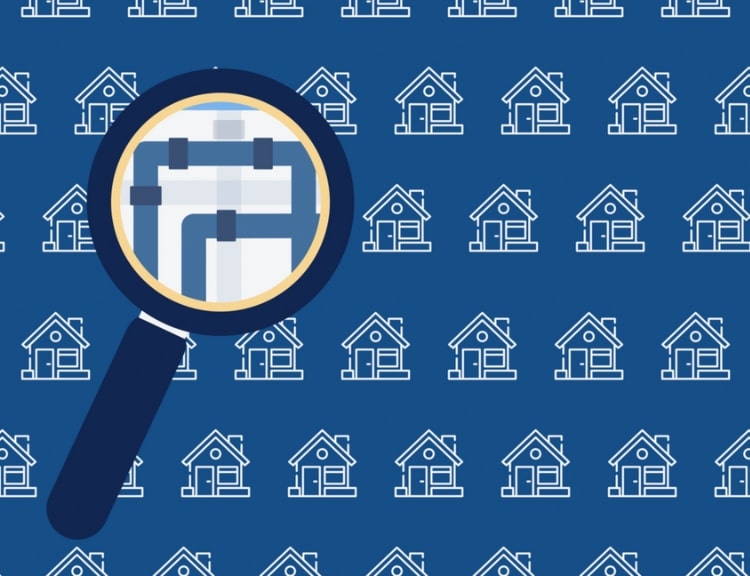Read the case study about how Cary Utilities Department is inventorying its service line materials for Lead and Copper Rule Revision (LCRR) compliance. To do so efficiently, they are using ArcGIS and BlueConduit predictive modeling.
Combining the Esri LSLI solution with the Esri-BlueConduit integration has proven to be a one-stop solution for Cary, where staff can capture and organize vanishing institutional knowledge, integrate that knowledge into evolving predictive models, and share those findings and the underlying knowledge base within a single system everyone can access.
From the Esri Water case study
The story features a quote from Dylan Wingler, GISP, from Cary Utilities.
I can’t stress enough the importance of GIS in determining service line material for thousands of locations. It would have been difficult to fulfill the EPA’s requirements and keep track of the data without the GIS tools that we have available nowadays. Here at Cary, we are dedicated to using the best tools available to achieve our goals. I’m really excited to see the [BlueConduit integration] in production and can’t wait to see how it dynamically updates.
Dylan Wingler, GISP, Cary Utilities Department, quoted in the case study
The post “Cary Utilities Department Uses Predictive Modeling to Determine Service Line Material” appeared on the Esri water utilities blog.
Cary Utilities Department Bonus Quote
Here’s a bonus quote from Dylan that didn’t make it into the published post, and that makes us really happy and proud.
I tell people: utilize every tool you have. We wanted to exhaust every route possible. So we did our own legwork. We had a consultant do a ‘desktop analysis,’ taking in all the GIS data and work orders and things like that. Then we went back through and did our own in-house analysis. We scoured through countless record drawings and construction plans. Machine learning is definitely the most efficient way to go about this, in my eyes. If it’s feasible, go that route. It could save you a lot of time and money, that’s for sure.
Dylan Wingler, GISP, Cary Utilities Department
Supporting proactive water utilities with predictive modeling for lead service line inventory and replacement is our mission. We’re proud to help Cary Utilities Department get the lead out!





